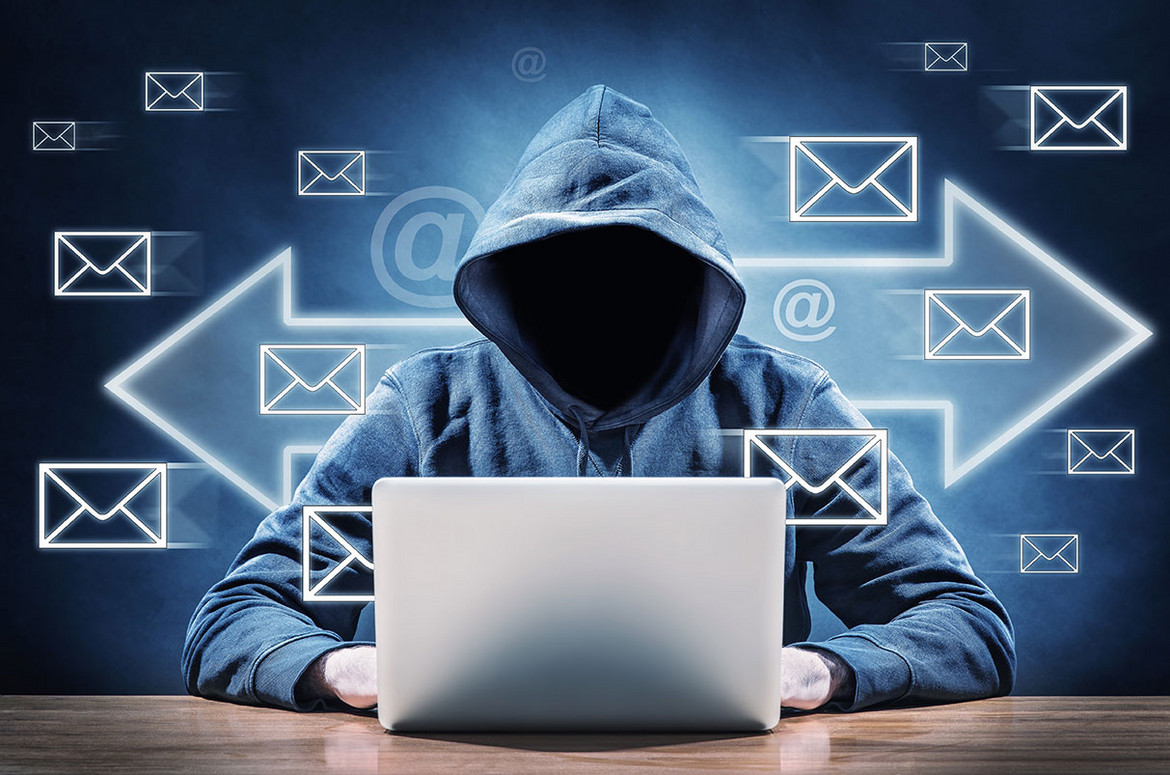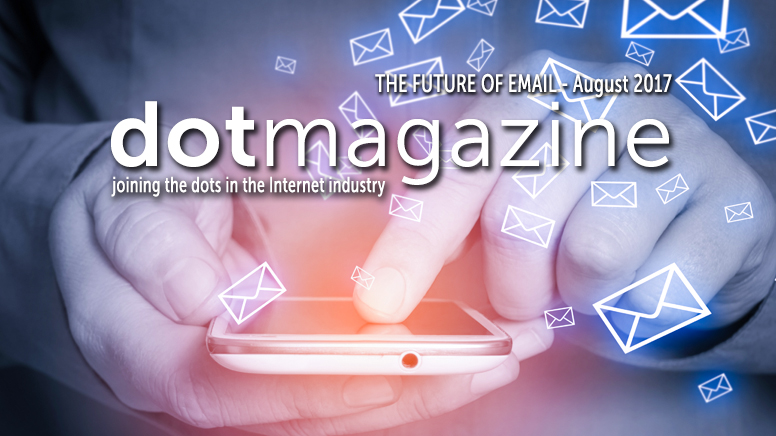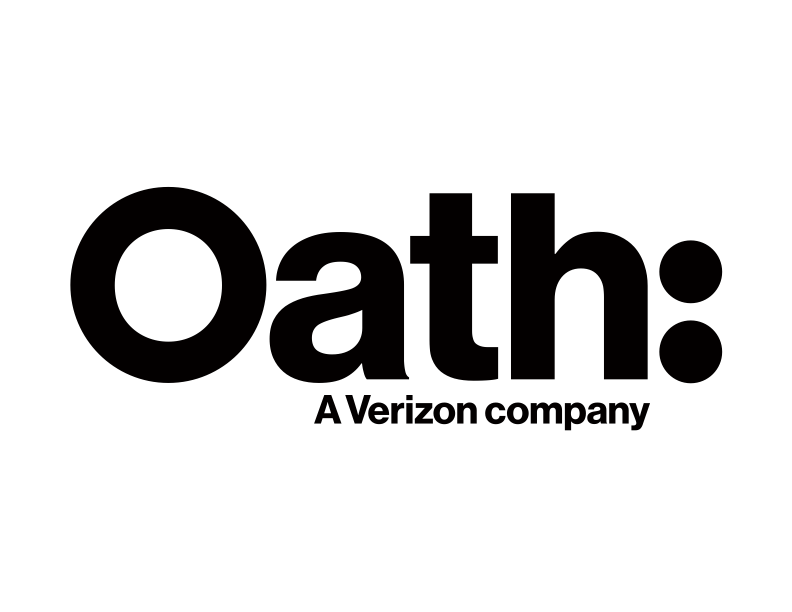The Future Email Experience
Email has been around a long time now, but it’s still got a lot of life left in it. Marcel Becker from Oath explains how email will evolve in the future.

© yucelyilmaz | istockphoto.com
Watch the 8-minute video above or on YouTube, or read the transcript below:
Transcript
dot: What is your vision of the future of email?
Marcel Becker: People say email is going away, but that's not really true. The future of email is pretty much the present. Email nowadays is not being used for conversations. It’s not people talking to people. It is being used by brands reaching or trying to reach and talking to their customers. And I think the future of email is really in providing better tools to help those brands to talk to their customers and to help those customers and consumers to get more out of email.
So I think the future of email actually doesn't look like email looks today. You have message lists which are really sorted and organized by the date they were sent. That's not at all helpful for a consumer who is looking for a flight or who is looking for a coupon he received weeks ago but which might expire tomorrow, or a hotel that you booked six months ago but which you need right now to get the confirmation number. So the future of email is tools which use email as a data storage, but the actual experience doesn’t look like email anymore.
dot: So what needs to be done to make this vision of the future of email a reality?
Becker: I think what needs to be done is, firstly, ISPs – and in that sense also application developers – understanding that email is being used in a different way than it was 10 years or maybe 20 years ago, to really realizing that solutions which worked back then don’t necessarily work or are not meaningful anymore today. I think that’s slowly happening; I mean, we’re doing some of that already.
And I think what also needs to happen is senders, or the ESPs who are really between the brands and us ISPs, really understanding that that is also happening, or realizing that maybe the way emails being sent or what kind of information is being sent in an email needs to change to better help those customers to discover and find the information in their email inbox. So I think at the end of the day it’s really about collaboration between all of these players in the industry. It’s the brands, it's the ESPs and the ISPs as well as the application developers.
I think it’s really sitting down and talking with each other. Sharing visions, sharing ideas, sharing also data. Sometimes people don’t realize or don’t want to realize that things change until you actually show them proof. Until you show them how people are using email or products and sometimes even the consumer doesn’t realize that. We have users that say “I love my inbox”, which is organized the way it was 10 years ago. But then they complain about not being able to find things. So when you offer them actually a different product, then they realize this is so much better.
This is an old cliché but it’s like – what Ford said: If you asked customers back then what they really wanted they would have said a faster horse, because nobody thought about the car. And I think that’s true here as well and I think we as an industry and all the players in the industry, we can all benefit from just talking about what could be. And not just living in our own little silos, but really coming together at events where we can really share visions, thoughts, ideas, and maybe also data to really realize: Yes, we actually need to work together. Or maybe in some cases, certain companies actually don’t know that they could work with another company out there, that there is a potential partnership because they just don’t know that companies like that exist.
dot: But to move forward into the future of email, isn’t it first necessary to deal with email’s image problem?
Becker: People in all these articles are saying email is dead, millennials are not using email anymore - Slack, Facebook messaging is replacing email – and all of them are true, but they’re ignoring the other side of the story. Just because a tool is not necessarily being used for what it was used 10 years ago doesn't mean the tool is obsolete. It could very well just mean that the tool is now being used for something else, which works as good as before – maybe not as good because as I said we need to find different ways.
So I think people need to realize that instead of trying to chase what email used to be and trying to come up with other ways on how can email continue to be that communication tool, people need to realize that email is still being used. In fact email volume is actually growing, but it is being used for other purposes: Not conversations, but really shopping related and e-commerce related.
dot: Speaking of e-commerce, a recent initiative in the email world is BIMI, for the representation of brand logos in email clients. How do such projects fit into this vision for the future of email?
Becker: As I said before I really want us to work together with the senders, the ESPs, the brands, to provide that better experience for our mutual customers. And we need tools, we need different technologies to achieve that. And I also want to look at tools to allow those brands to control some of that experience, be it within the inbox, be it within that email, or maybe even outside of the email. And BIMI to me is one of the stepping stones to get there. BIMI as it is defined right now is really a tool for a brand to publish a brand logo, an indicator, a trust indicator. But to me it’s much more than that. It’s really a first step into the direction of working with these brands to provide them with tools and technology to take ownership of some of the experience and really help us to help them create a better experience for our mutual customers. So BIMI, as it is an incentive for them to authenticate their email, really helps us. To me, the value is much more than that. It’s really a stepping stone to get to where I think we need to be, to identify technology outside of the traditional MIME and SMTP paradigm to create that better experience: To create the email experience of the future which doesn't look like email anymore.
Marcel Becker leads the product team responsible for the Alto Mail consumer product as well as anti-abuse efforts for all consumer mail products (Yahoo, AOL, Verizon) under the Oath Inc. umbrella. Before that Marcel was responsible for AOL’s email and international products, supporting its international expansion.
At the CSA Summit 2018, Marcel Becker led a talk with Christian Hanke of Edenspiekermann. Read the report on what they had to say about the changing email landscape and about how to offer a better experience for end users.





